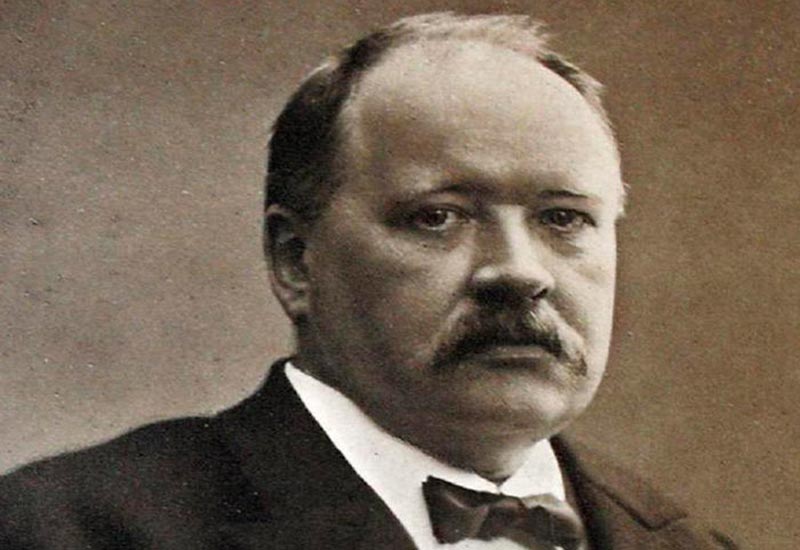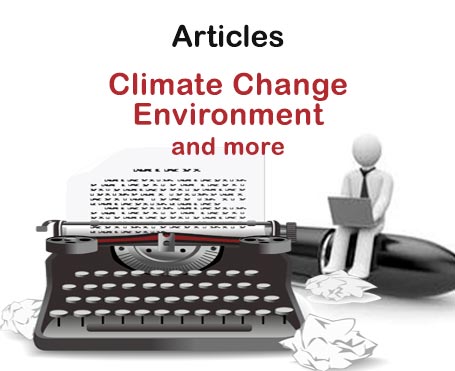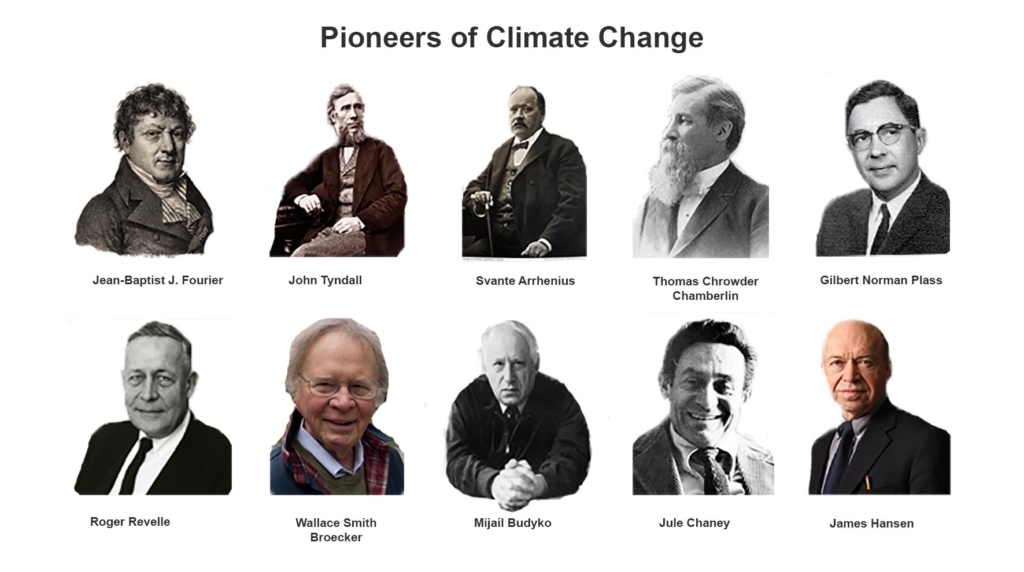FAQS about the Visionaries of Climate Change

Source: es.nextews.com
5. From when did the terms global warming and climate change become popular?
In the mid-1950s specialized publications and the press began to talk about the subject. American Scientist, in 1956 published a series of articles on the transfer of radiation and the role of CO2, including a piece pointed at the general public. In 1957, The Hammond Times, to describe Revelle’s research on human intervention in the Earth’s natural greenhouse effect, mentioned the terms “global warming” and “climate change,” and warned of the effects of large-scale CO2 use. But these warnings fell into oblivion for a long time.
It was in 1975 when Wallace Smith Broecker published the scientific article: “Climate change: are we on the verge of pronounced global warming?” Since then the denomination began to be used more and more frequently. In 1976, the declaration of Mikhail Budyko, “has begun a global warming”, had great diffusion. In 1979 the National Academy of Sciences of the United States, led by Jule Charney, described the effects of CO2 in a broader way, attributing its use to the increase of climate change. In 1988 the NASA climatologist James Hansen, testified before the United States Senate: “Global warming has reached such a level that we can attribute with a high degree of confidence a cause and effect relationship between the greenhouse effect and warming observed”. From then on, the term global warming became popular in the press and in the informal language.
FAQS about the Visionaries of Climate Change
1. Who owes the analogy of the greenhouse effect?
2. Who and when did they discover global warming?
3. When was the effect of CO2 on global warming measured for the first time?
4. Was there progress on climate change during the 1950s?
5. From when did the terms global warming and climate change become popular?
6. Did new technologies help to demonstrate global warming?
7. When was the first climate conference held and from which country was the initiative?
8. What were the achievements of the Rio Summit in 1992?
9. Where and when was the first COP born?
10. In which COP and in what year was the Kyoto Protocol born?
Other secctions of Visionaries of Climate Change

Pioneers of Climate Change
At all times and in all sciences, there have always been visionaries, those people who anticipate situations long before other persons can glimpse them. This is the case of Jean-Baptiste Joseph Fourier (1768-1830), a French mathematician and physicist, who in 1824 calculated that an object the size of the Earth and with a similar distance from the sun, it should be much colder to what our planet is really like. He affirmed that it was maintained with a temperate climate because the atmosphere retains the heat as if it were under glass. Thus, Fourier has the honor of being the first to use the greenhouse analogy…

Climate change, what is it and what are its causes?
Anthropogenic climate change is the variation of climate status attributed to human activity that alters the composition of the atmosphere and has consequences on the entire planet. The main cause of climate change is global warming caused by emissions of greenhouse gases (GHG), of anthropogenic origin, among which CO2 is the most frequent. The sources responsible for these emissions are the burning of fossil fuels such as oil, coal and gas, used mainly in industry and transport.
You can also see it in…
Infographics

Photo Gallery.

Video Gallery



